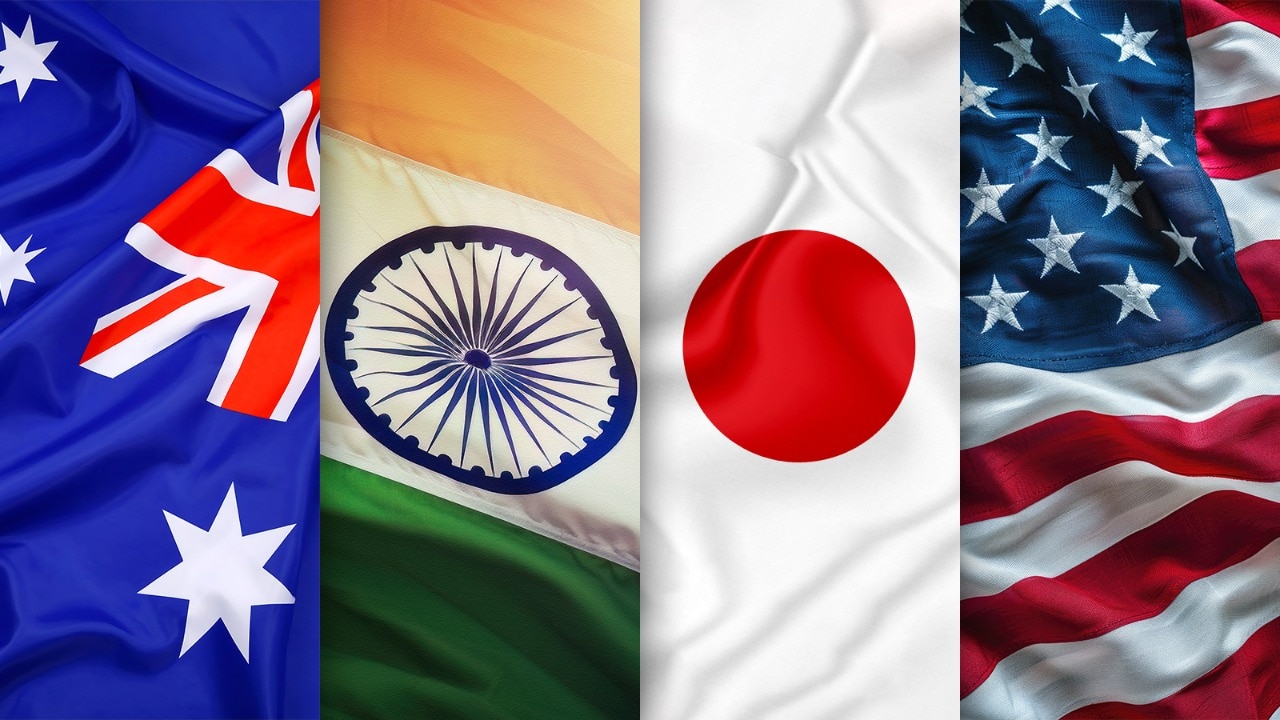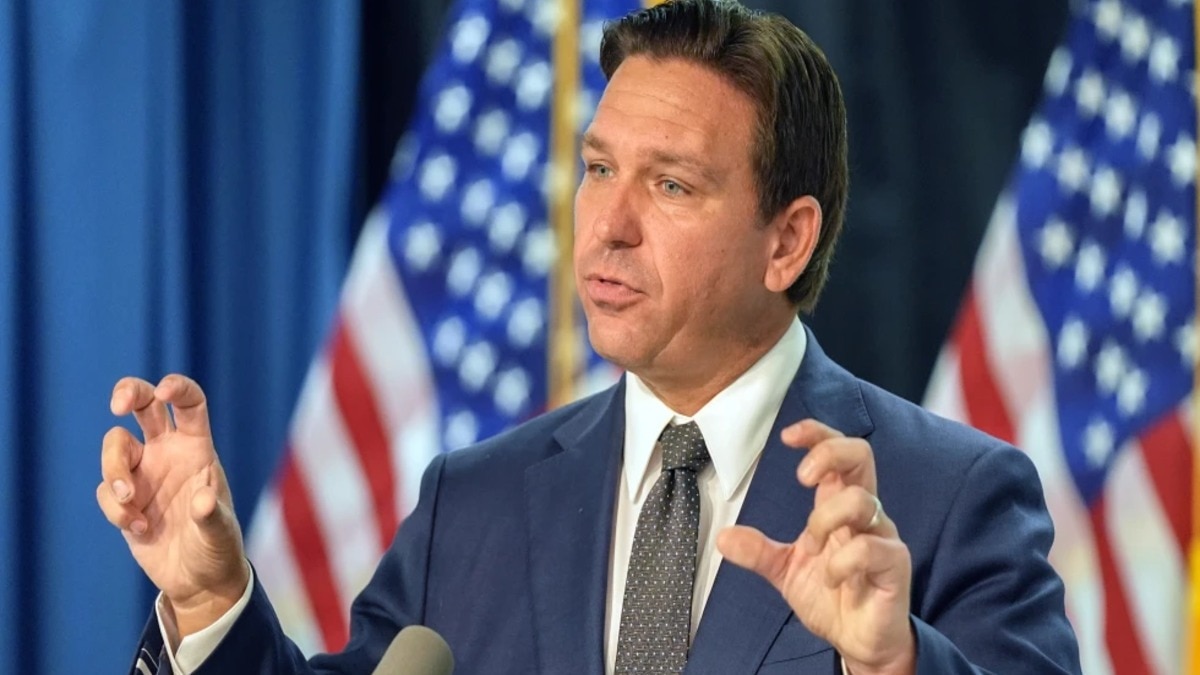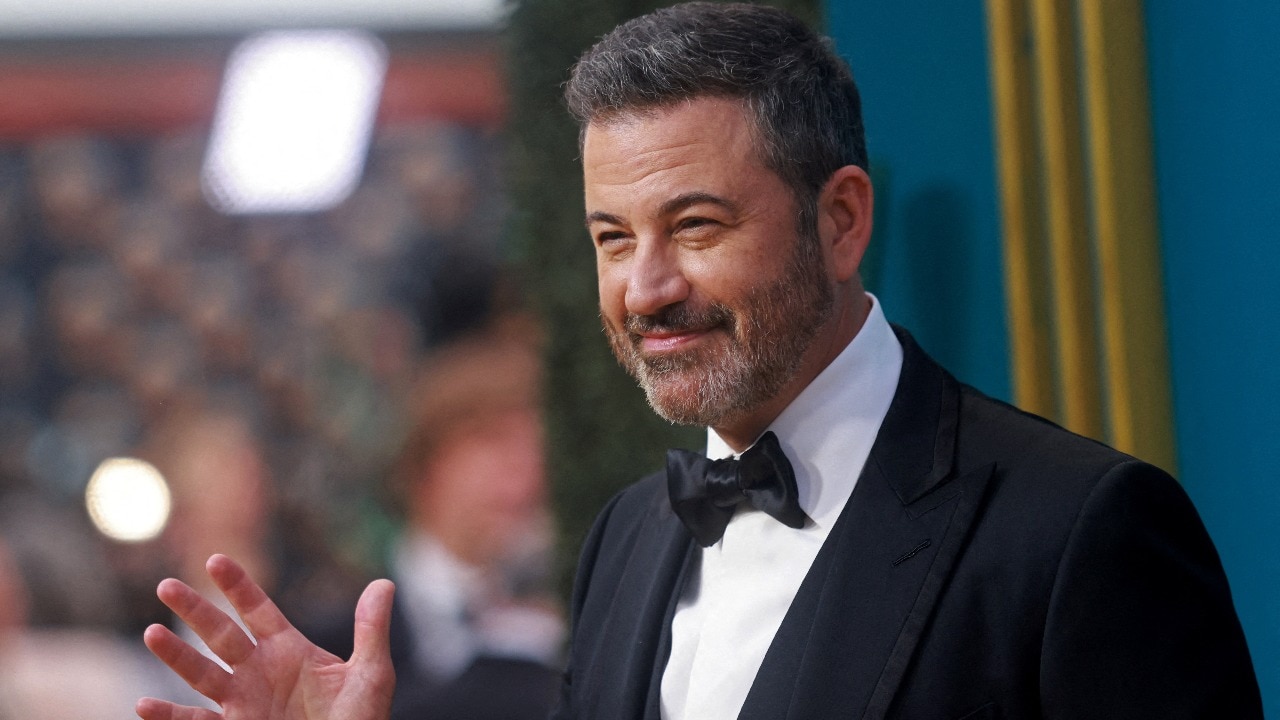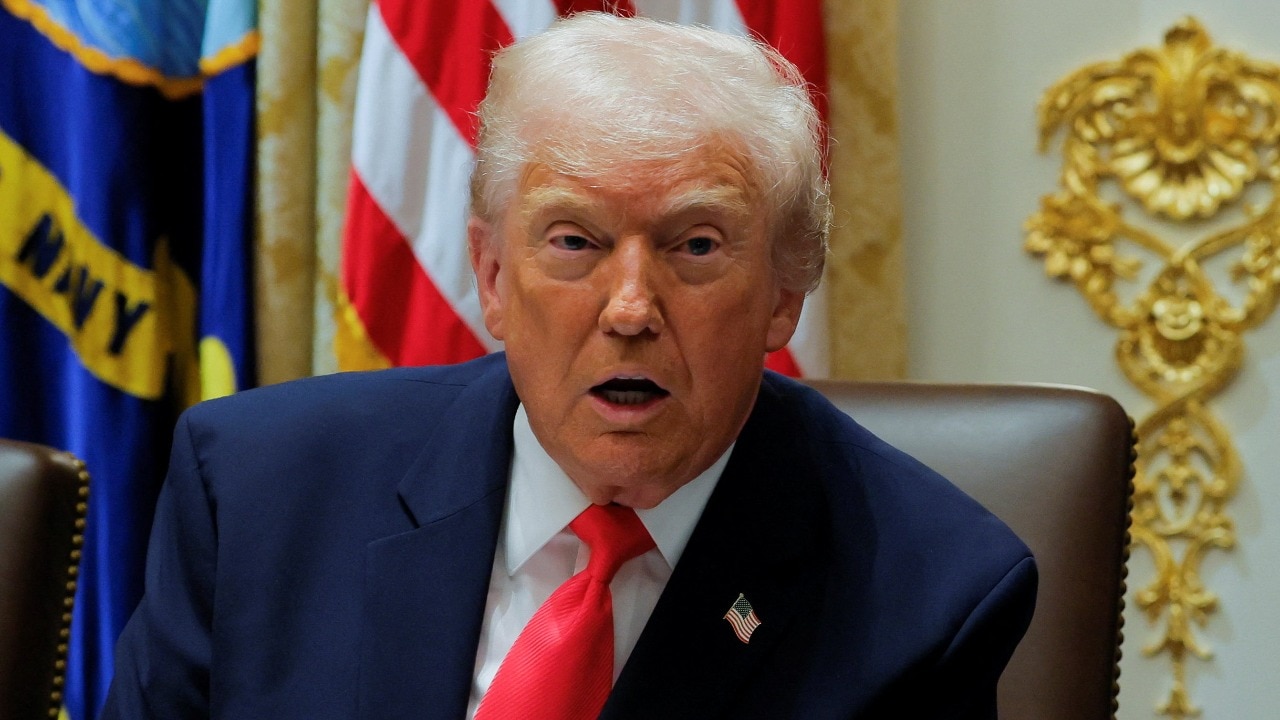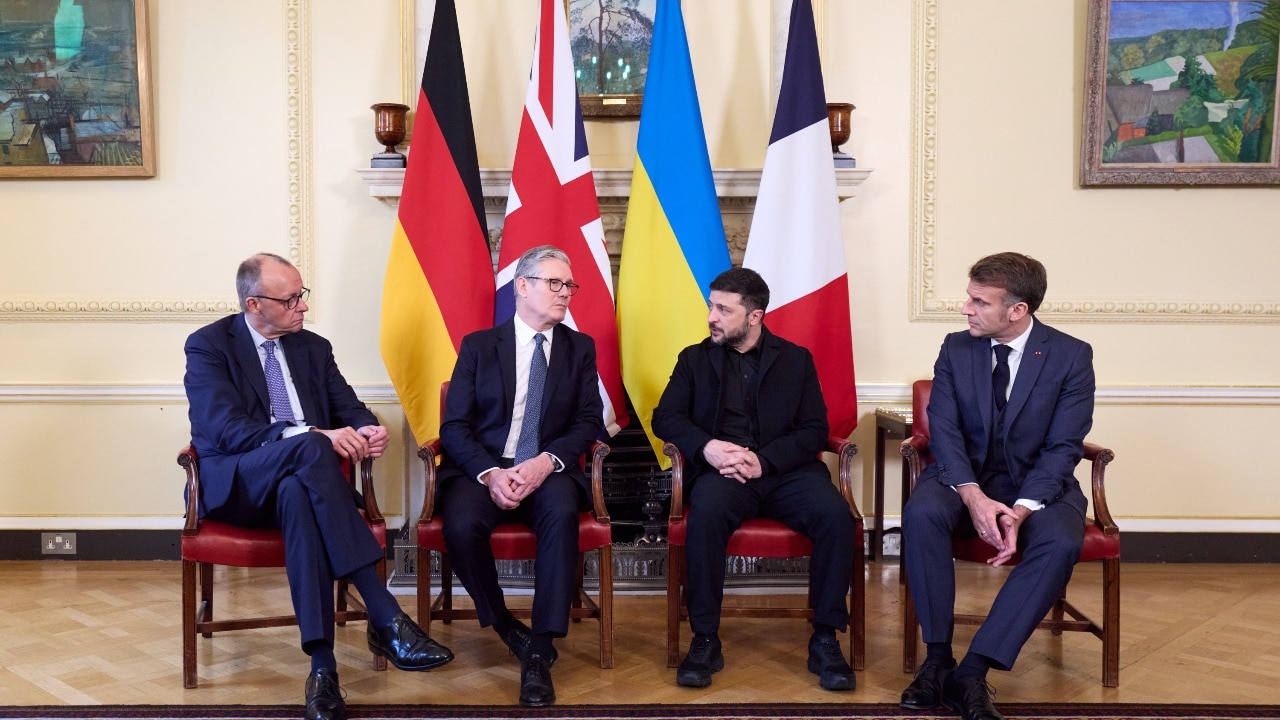A computer game-style drone attack system has gone “viral” among Ukrainian military units and is being extended to reconnaissance, artillery and logistics operations, the nation’s first deputy prime minister, Mykhailo Fedorov, has told the Guardian.
Drone teams competing for points under the “Army of Drones Bonus System” killed or wounded 18,000 Russian soldiers in September, with 400 drone units now taking part in the competition, up from 95 in August, Ukrainian officials said.
The system, which launched more than a year ago, rewards soldiers who achieve strikes with points that can be exchanged to buy more weapons in an “Amazon-for-war” online store called Brave1 filled with more than 100 different drones, autonomous vehicles and other drone war material. It has a leaderboard topped by teams with names such as Achilles and Phoenix.
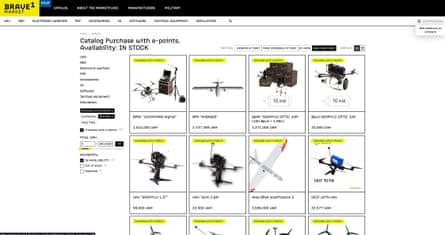
“It’s become truly popular among units,” said Fedorov, of the system, which is a prime example of the increasing automation of warfare. “All the defence forces know about this and there’s competition for the points, for getting these drones, electronic warfare systems and other things to help them in warfighting. The more infantry you kill, the more drones you get to kill more infantry. This is becoming kind of a self-reinforcing cycle.”
The number of Russian casualties in September is double the number from last October, in part because the Kyiv government doubled the rewards for killing Russian infantry from six to 12 points, reflecting changing battlefield priorities.
Ukrainian intelligence suggests Russia may be developing its own gamified system to compete, he said. Ukraine is extending the points-for-kills approach to artillery units by awarding points for success that can be used to buy new arms. Reconnaissance units are also being awarded points for spotting enemy targets and logistics teams have started to earn points for using autonomous vehicles rather than humans to resupply the frontlines.
Fedorov revealed the Ukrainian military is also incentivising the use of drones partly controlled by artificial intelligence that recommends target selection and controls the last moments of a drone’s trajectory to increase strike precision.
Reconnaissance units get points for what they call “Uber targeting,” a reference to the global ride-hailing app.
“You basically drop a pin on the map like you would drop yourself on a Uber map for a taxi, but instead of the taxi a drone from another unit hits the target,” he said.
But the extension of the points-based system comes amid warnings that increasing reliance on drone warfare is not something Nato countries should follow because Russian defences against such unmanned aerial attacks have become formidable. Experts at the Royal United Services Institute thinktank recently urged a renewed focus on conventional artillery and aircraft.
As well as doubling the score for killing infantry to reflect their increasing use by Russia, killing an enemy drone operator now earns 25 points and using a drone to capture a Russian soldier attracts 120 points, reflecting Ukraine’s need for prisoners-of-war to trade with the enemy. The points are agreed by the Ukrainian cabinet but Federov said they were now “pretty much emotionless” when putting a price on human lives.
“We’re at war for four years in a row, and it is hard,” he said. “We’re just finding ways to be more effective. We’re thinking of this as just part of our everyday job. There’s little to no emotional reflection here. It feels like just technical work. Because if you don’t stop the enemy, he will kill your servicemen and after the servicemen are dead, he’s going to come to a city and he’s going to conquer, raze and kill civilians.”
The Ukrainian drone operators are stationed sometimes as close as 250 metres from the frontline and at other times 3km away where they sit in hides before computer screens directing strikes, sometimes with video game controllers. Achilles is one of the top 10 most successful drone regiments, and operates in the eastern part of the Kharkiv region and the Donetsk region. Its commander, Yuriy Fedorenko, said the best pilots were not necessarily people who were adept at video games.
“Disciplined people are the best pilots,” he said. “Of course, if you’re younger, you can stay awake longer, and you need less time to restore your strength. But if the person is disciplined, that’s a good drone operator.”
He also played down the idea that it amounted to the “gamification” of war because sometimes orders were to destroy targets with low-points in order to support a short-term battle goal.
“We need to fulfil the task, first of all, because this is war,” he said. That’s what we need to do, not chase points”.
Another drone unit commander, Andriy Poltoratskyi, said: “The whole unit has a competition. The drone operators compete with each other. Groups of drone operators compete with other groups. Even the highest commanders compete with each other.”
He characterised it as healthy competition rather than fun, and said that as soon as the Russians launch an offensive “the competition stops and everybody … works together” on whatever goal best protects Ukrainian lives, regardless of the points on offer.
The points-for-kills system has provided Ukraine with considerable data that means it is “getting a better grasp of the mathematics of war”, Fedorov said.
“Thanks to the points, we’re actually starting to understand more about what’s happening in the battlefield,” he said. “In order to get points [drone units] need to upload video confirmation. So we understand what targets are being hit, where they’re being hit in relation to the line of contact, what drones and other means are being used.
“So we are seeing what’s more effective, what’s less effective. Everybody sees the leaderboard, so units are starting to go to each other to do some peer-to-peer learning. Leaders are starting to teach and pave the way for those who are still growing and developing … innovation goes from the ground up.”

 1 month ago
1 month ago

